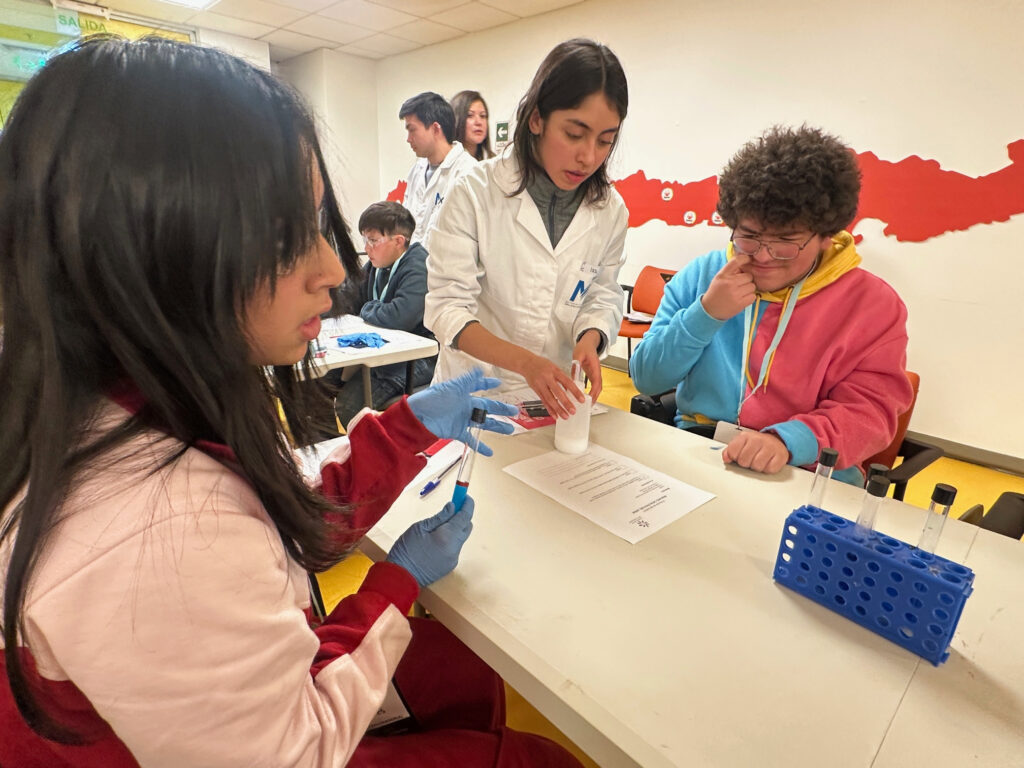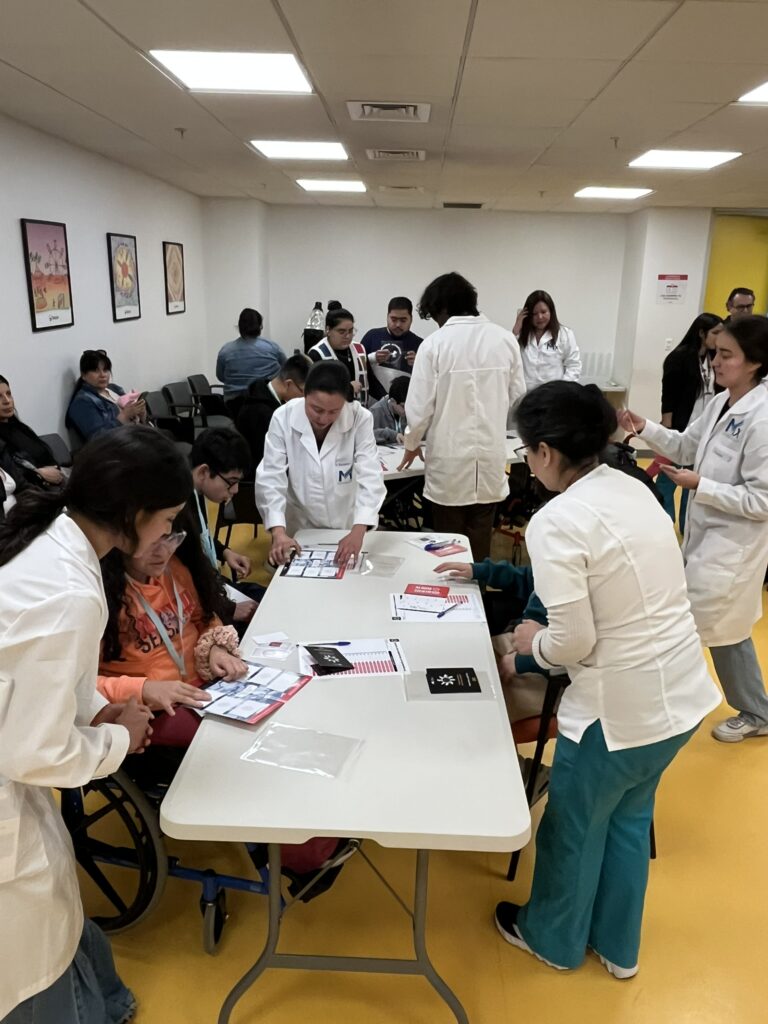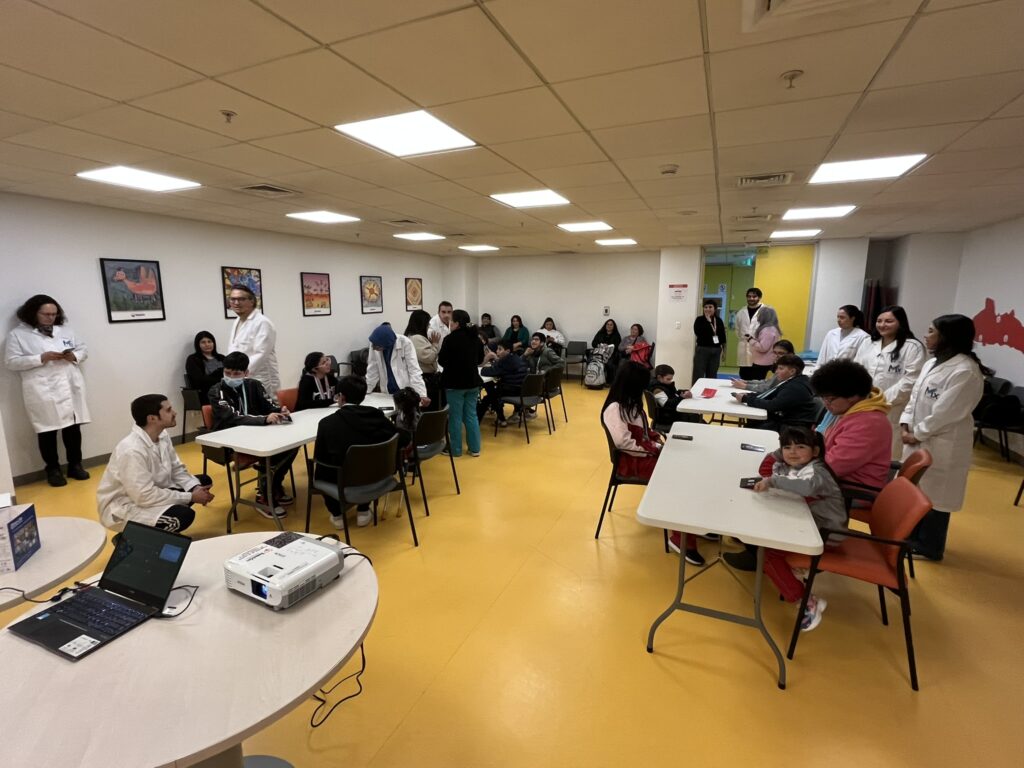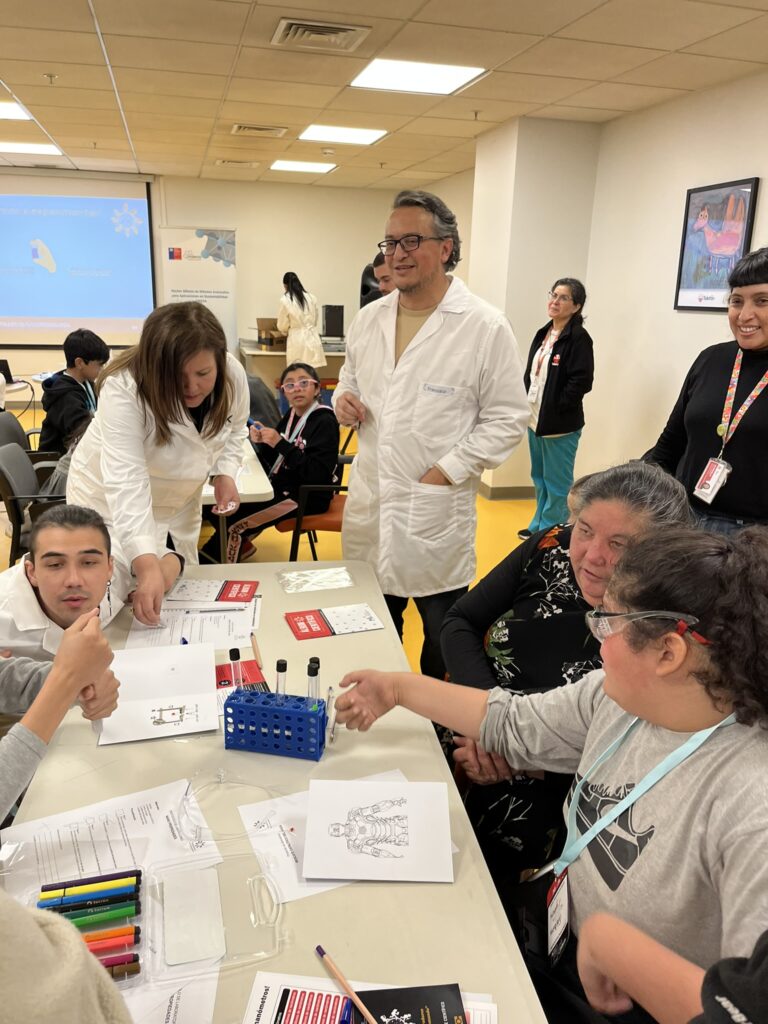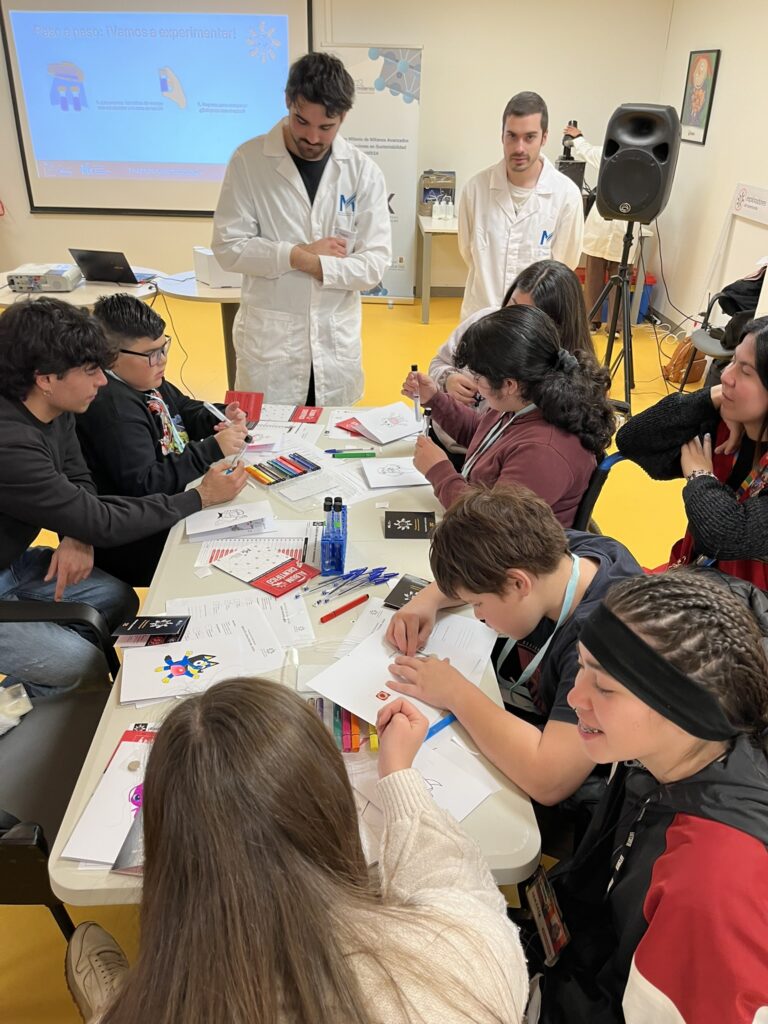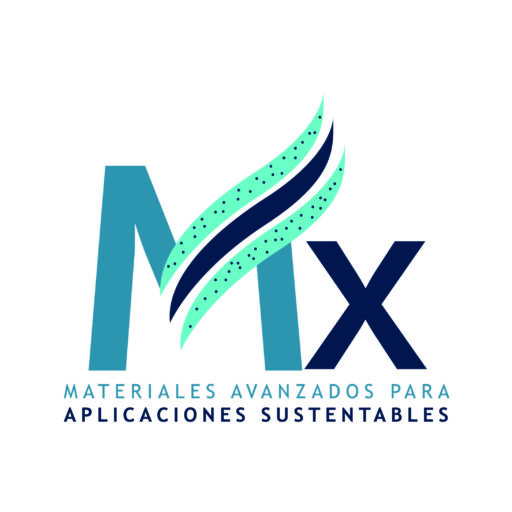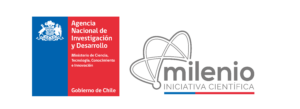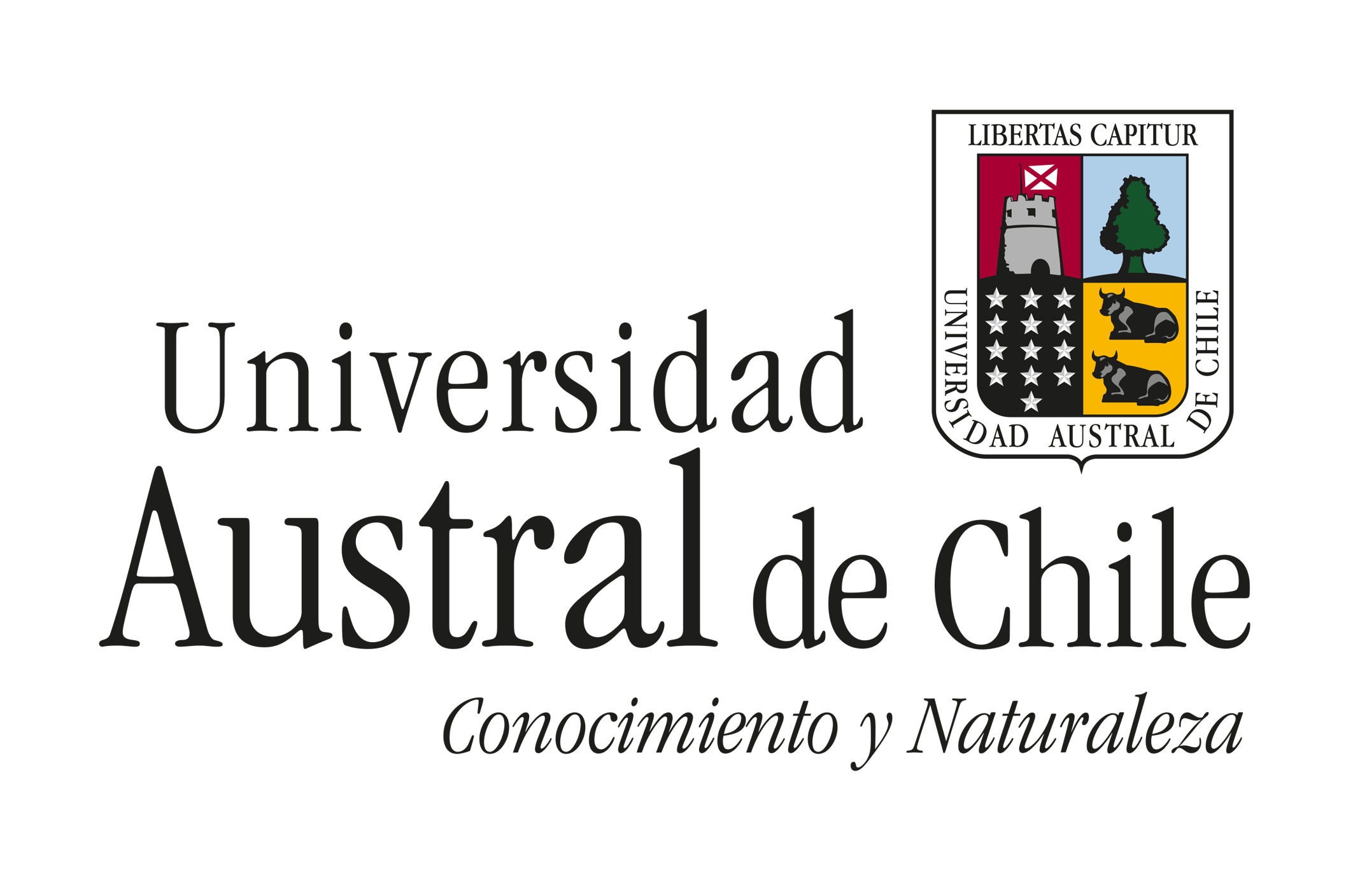Between July 4, 11, and 12, 2025, nearly 60 children and teenagers participated in the first nanotechnology workshop held at Teletón — a pioneering experience led by the Millennium Nucleus for Advanced MXenes for Sustainable Applications (AMXSA), in collaboration with professors from the University of Chile and the Austral University of Chile, and with the support of Teletón.
The “Explorers of the Nanoworld” series was held at Teletón’s main center in Santiago and was aimed at students aged 8 and older, who are users of the center. Each two-hour session offered a playful and meaningful experience to explore the nanoworld through curiosity, play, and experimentation.
Guided by a scientific passport, the participants went through five stations designed as a scientific expedition. They observed materials under the microscope, purified water using catalysts, handled nanomaterials with properties invisible to the naked eye, and powered an LED using graphite. At the end, they received a diploma certifying them as Future Nanoscientists.
From the AMXSA Millennium Nucleus, it is highlighted that this activity not only seeks to bring science closer to new audiences but also to transform the way knowledge is connected with social inclusion. As Professor Rodrigo Espinoza, researcher of the Nucleus and faculty member at the University of Chile, explains, “Nanotechnology is a frontier science that allows us to imagine new solutions for real-world problems. That’s why it is essential to bring it closer to new generations. This workshop is a concrete way to share knowledge and to show that science can also be inclusive, engaging, and transformative.”
Teletón also valued the experience as an opportunity for children to connect with science from their everyday environment. Aldo Orrigoni, coordinator of the Leisure and Free Time program, commented, “For children, it is very important to understand how science is applied in daily life, and nanotechnology, which sometimes seems very distant, can be seen here in a practical way — from cell phones to pencils. That motivates them and, why not, perhaps among them are future scientists. The participants of this workshop are part of a program we carry out every Saturday, where a group of children meets with volunteers to engage in various recreational and educational activities.”
Explorers of the Nanoworld is part of the External Outreach Plan (PME) of the AMXSA Millennium Nucleus, funded by the National Agency for Research and Development (ANID) through the Millennium Science Initiative. This program aims to bring the knowledge generated by research centers closer to different sectors of society, with a focus on inclusion, territorial connection, and the strengthening of scientific culture.
Following the positive reception in Santiago, the series continued at the Teletón Valdivia center, where a new workshop session was held on August 9. There, children and teenagers from the region experienced becoming explorers of the nanoworld, participating in interactive stations that sparked their scientific curiosity and reinforced the importance of bringing knowledge closer to different regions of the country.
These sessions featured the direct participation of the principal investigators of the AMXSA Millennium Nucleus: Rodrigo Espinoza, Andreas Rosenkranz, Francisco Gracia y Mónica Soler from the University of Chile, along with Judit Lisoni from the Austral University of Valdivia. There was also active collaboration from graduate students, who guided the participants and enthusiastically contributed to the development of the hands-on activities.
